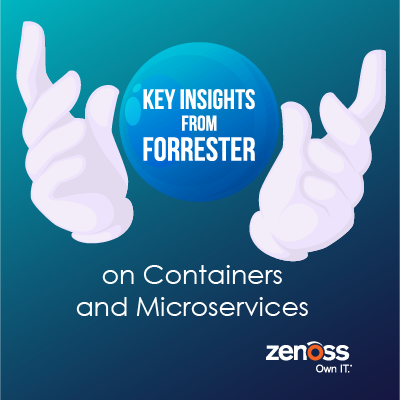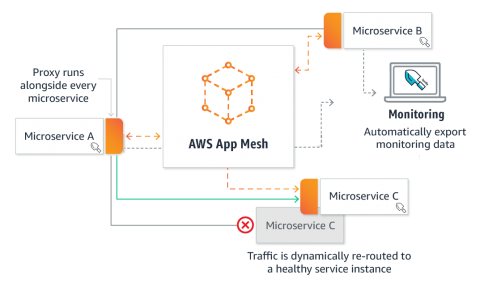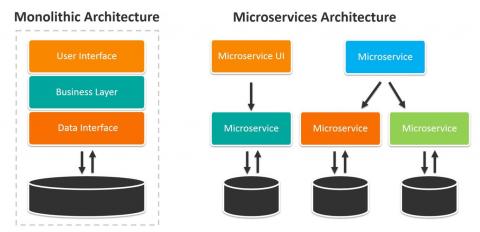Operations | Monitoring | ITSM | DevOps | Cloud
Microservices
Nanoservices vs. Microservices
Software often seems like a benign version of Game of Thrones, in which any dominant or ascending technology/methodology is constantly challenged by newer and more attractive rivals. So as soon as microservices entered the mainstream, it didn’t take long until some developers saw it as flawed, and proposed nanoservices as a replacement. In this article, we ask why the move to breaking down software into smaller and smaller pieces is a good idea.
Your Journey to Cloud-Native Begins with DevOps, Microservices, and Containers
Best practices for tracing and debugging microservices
A Practical Guide to the Journey from Monolith to Microservices
More developers are keen on practices in terms of how they modernize monolith application into microservices easier, quicker, and smoothly. There are many microservices development frameworks such as Spring Boot and Linux container, container orchestration tools make it faster for your Microservices journey.
Providing Visibility and Security for AWS App Mesh
Microservice architectures running on containers have made applications easier to scale and faster to develop. As a result, enterprises are able to innovate faster and accelerate time-to-market for new features. To make management of microservices even more efficient and easier to run, service mesh solutions like Istio, Envoy, and Linkerd – and now AWS App Mesh – have become the next core building blocks of microservices infrastructure built on containers.
Monitor your Istio service mesh with Datadog
As application architecture moves from monoliths to microservices, observability has become a growing challenge. The services that make up a distributed application, and the many dependencies and communication pathways between them, are difficult to govern and observe. You can get more control and visibility of your application by including a service mesh—a layer of infrastructure that manages traffic among microservices.
Microservices vs. Monolithic Architectures
Enterprises are increasingly pressured by competitors and their own customers to get applications working and online quicker while also minimizing development costs. These divergent goals have forced enterprise IT organization to evolve rapidly. After undergoing one forced evolution after another since the 1960s, many are prepared to take the step away from monolithic application architectures to embrace the microservices approach.
How Fluentd compares to LogDNA
Observing modern applications is challenging. Microservices allow for applications that are not only more distributed but are made up of a number of different languages, frameworks, and backend services. DevOps teams have far greater flexibility in where and how they deploy applications,but when it comes time to collect logs, this flexibility can quickly become a hurdle.











